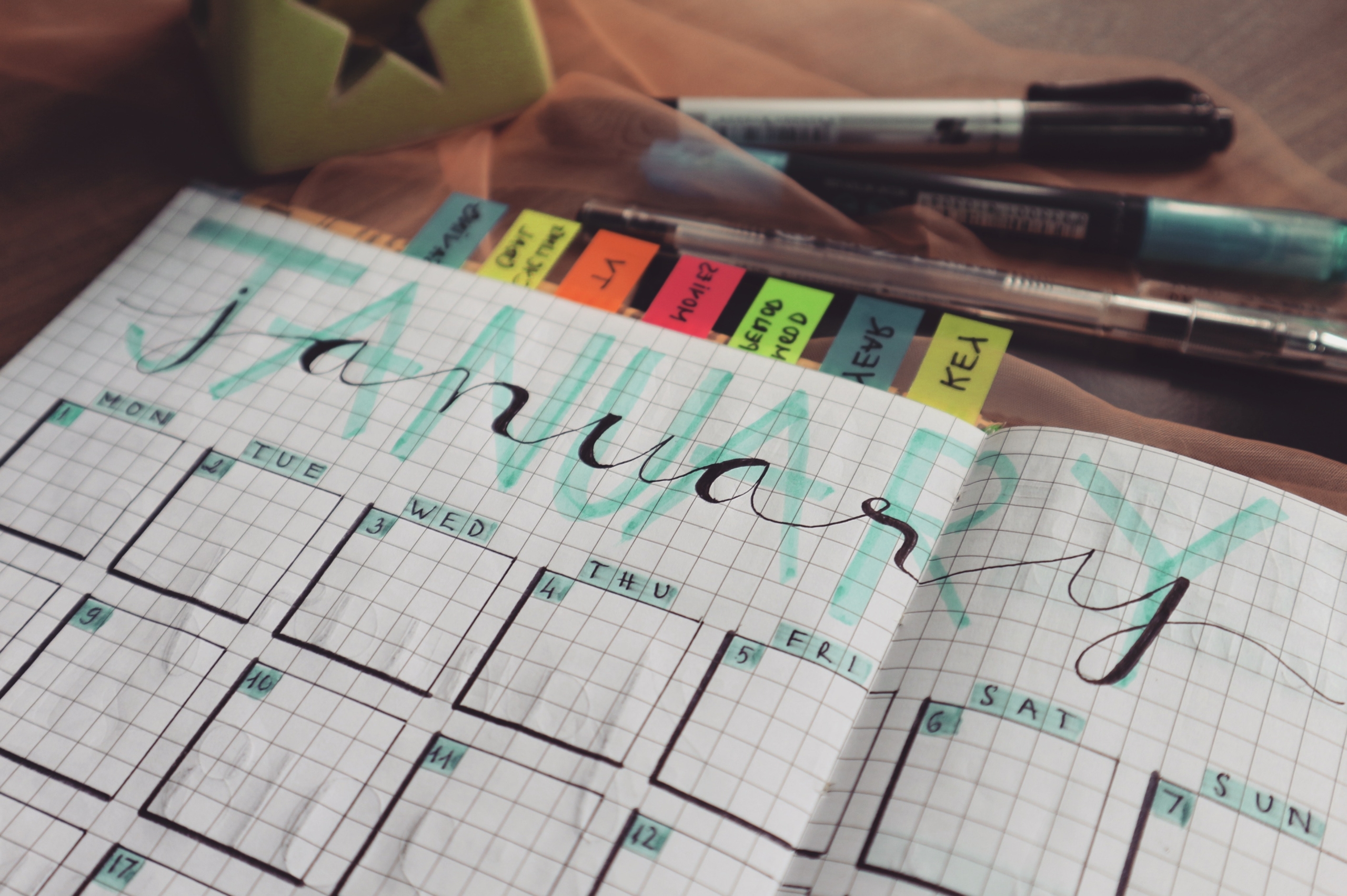

- Call 908 543 4390
- Email
- Dr.Joni Redlich PT,DPT



Did you know last week was National Healthy Weight Week? To celebrate here are some tips to support healthy weight and body image in young girls and women!
Today’s culture can be a difficult one for girls and women to be in when it comes to weight. There is so much pressure to be a certain weight; while it used to be skinny, now, there is a big push for “healthy weight,” but what does that even mean? The internet is truly a double edged sword as it provides us with access to lots of credible information, it also has a lot of incorrect information which unfortunately spreads like wildfire. With so many people selling coaching, shakes, or other weight loss products it can be difficult to navigate as an adult, let alone as a teen. Here are some tips to help support your tween/teen daughter, niece, cousin, student, etc.
At the end of the day being healthy is not the same as being skinny or super muscular or anything related to looks. Reminding and encouraging this mindset is key to help young girls have a sense of healthy weight and body image. In today’s world it can be so hard to have a healthy mindset around these topics with social media, and while you can’t control what the young girls in your life are thinking, you can help set a good example for them daily.

by Katherine Maloney, PT, DPT
I work with some amazing moms and dads every day here at KidPT. There is one thing that I’ve found they almost all have in common: they are way too hard on themselves! Everyday I hear moms saying that they’re a bad mom because they let their kid stay up late or didn’t make them eat all their veggies or whatever it is. I’m going to come right out and say it: that is a big lie!
Let me also preface this by saying I am not a parent right now, but I’ve been working with parents, and specifically parents of kids with special needs, for a long time. Long enough to know that none of these moms (and dads!) are bad at all. In fact they are all amazing! Moms and Dads don’t give themselves enough credit; you not only have to take care of yourself everyday but you have to take care of kids too!
We live in a time right now where we have access to everyone via social media and the internet; we know exactly what Princess Kate and Prince William are feeding their kids, and we compare ourselves to that. But the dirty little secret is that no one is perfect and people probably aren’t posting about their parenting mishaps. Every parent that is bringing their kid to physical therapy is taking time out of their already busy schedule to prioritize their child’s wellbeing and health. These parents listen to what we, the Physical Therapists, say to do at home and incorporate it into their daily activities.
Not only these examples, but the amount of love and advocating I see these parents do day in and out is amazing! I’m continually impressed and motivated by the incredible moms and dads that I work with everyday. So thank you for inspiring me everyday at work, I literally could not do my job without your help and support!

Bath Safety, Positioning, and Fun!
by Katherine Maloney, PT, DPT
January is officially National Bath Safety Month! We figured what better excuse to bring you some tips for safety, positioning, and, of course, fun!
Bath safety is really important, and so it’s good to have a few reminders to stay on top of safety during bath time. Did you know that as little as 1 inch of water can be hazardous for babies according to the Nationwide Children’s Hospital. But bath time should be a fun, regular activity! Remember:
Positioning for bath time can not only help with safety but make bath time easier and more enjoyable for you and your kiddos. One tip I learned from Joni was to put a laundry basket (the plastic kind with holes) in the tub for toddlers; this creates a smaller area for them to be in, making it easier to watch them, yet still allows them to play in the water. For infants there are plenty of bath seats available for use in the sink or tub, just remember to make sure your baby is seated upright properly in these for safety!
Finally, here are some tips to make bath time fun for all ages!

by Katherine Maloney, PT, DPT
 It’s the time of year when everyone starts talking about their big New Year’s resolutions. But did you know that less than 25% of people keep their goals past the month of January? Keeping goals and following through is a hard task for anyone, so what can you do to make this process easier? Writing SMART goals is a great first step!
It’s the time of year when everyone starts talking about their big New Year’s resolutions. But did you know that less than 25% of people keep their goals past the month of January? Keeping goals and following through is a hard task for anyone, so what can you do to make this process easier? Writing SMART goals is a great first step!
I was first introduced to the idea of SMART goals through sports, but it was really hammered down in PT school when we were learning how to write goals for patients. So what are SMART goals? SMART is an acronym for specific, measurable, attainable, relevant, and time-based goals. But what does all this mean?
Being specific with your goals is really important. Saying “I want to be healthier this year” is vague and makes it hard for you to know what your next step is. Try instead, “I want to work out three times a week this year” to be more specific.
Making your goal measurable means that you are going to be able to track this goal. Just like being specific saying “I want to work out more” is a lot different than saying “I will work out for X minutes X times a week” or “I will be able to run for 30 minutes without stopping by the end of the year.” You have to be able to see how you are progressing at your goal, this helps to keep you motivated by seeing the progress you’ve already made!
Your goals have to be attainable. This one can be tricky, sometimes we get caught up in the excitement of the new year and make big, lofty goals for ourselves. But remind yourself that you want to be able to reach your goals. Sometimes you really have to start small. If you reach your goal before the year is over you can always set a new one!
 You want your goals to be relevant to you. So making a goal about running might be great for me because I love to run, but you might hate running and so it doesn’t make sense for you. Or on the other hand, maybe you already run consistently. In that case it wouldn’t make sense to make a goal about running consistently because you’re already doing it; instead your goal could be about speed, distance, races, or not related to running at all! If the goal is relevant to you, you aren’t going to do it. You want to be excited to work towards your goals!
You want your goals to be relevant to you. So making a goal about running might be great for me because I love to run, but you might hate running and so it doesn’t make sense for you. Or on the other hand, maybe you already run consistently. In that case it wouldn’t make sense to make a goal about running consistently because you’re already doing it; instead your goal could be about speed, distance, races, or not related to running at all! If the goal is relevant to you, you aren’t going to do it. You want to be excited to work towards your goals!
Finally your goal needs to be time-based. For most New Year’s resolutions, the time frame is the whole year. And that’s a great starting point… but a year is a long time. If you want to make year long goals I highly suggest that you break down that goal into smaller, bite sized portions. This could be breaking it down quarterly, monthly, or even weekly. What matters is that you set a time frame for when you want to accomplish your goal so that it doesn’t just fall to the wayside with the classic “I’ll start that next week” mantra.
The New Year is a great time to set some new goals for yourself and re-evaluate different areas of your life. Writing SMART goals will make your life easier and help you be part of the 25% that keeps going with their goals past January!

